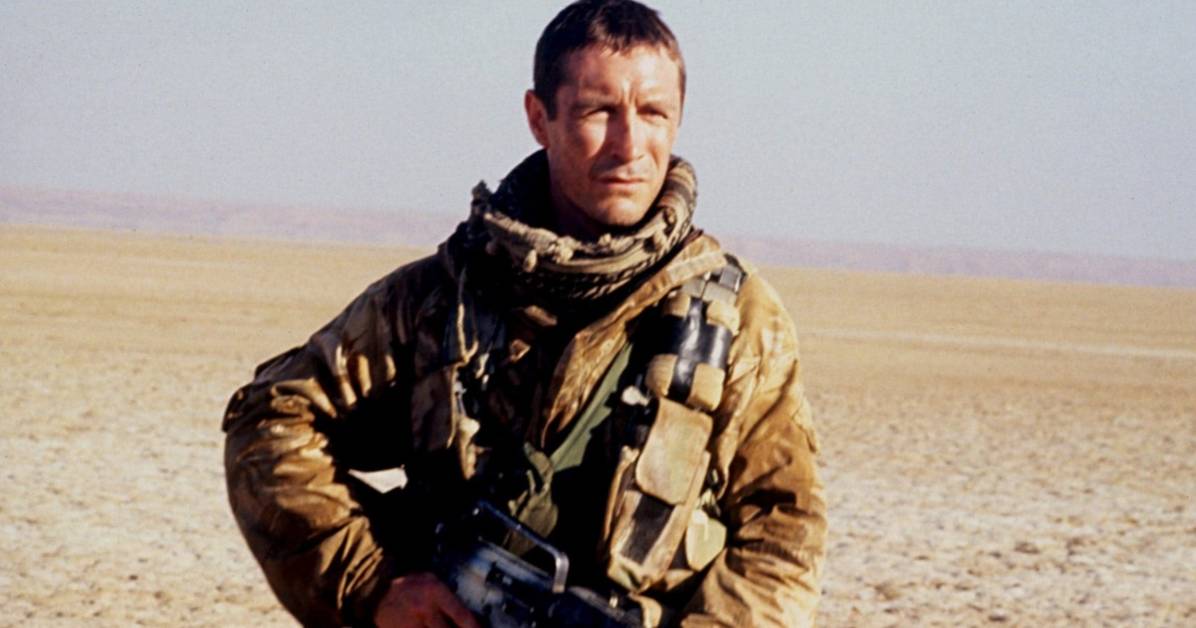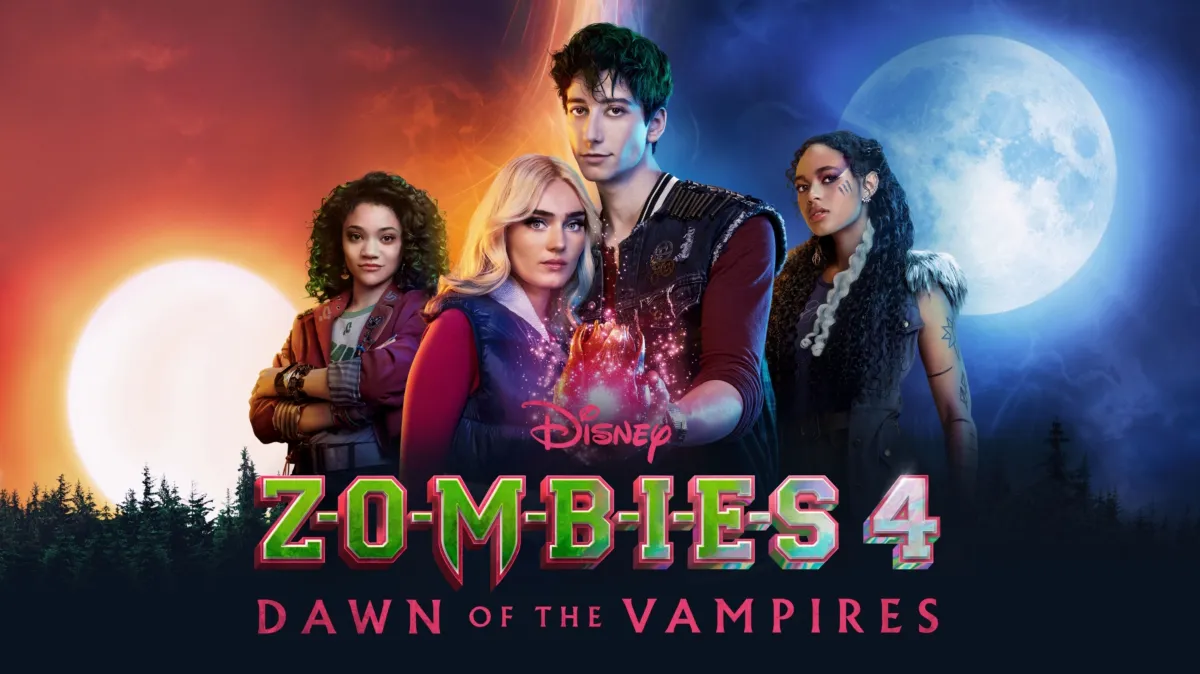The Desert Storm: War and Representation in Film
Operation Desert Storm, the combat phase of the Gulf War, took place in early 1991 and marked a major military operation led by the United States alongside a coalition of 35 nations. Its objective was to drive Iraqi forces out of Kuwait following Saddam Hussein’s invasion in August 1990. The operation began with a massive air campaign on January 17, 1991, followed by a swift ground assault that commenced on February 24. In less than 100 hours of ground combat, coalition forces had successfully liberated Kuwait, demonstrating overwhelming technological superiority and coordinated military precision.
The conflict was one of the first to be broadcast live on television across the world, shaping how war was perceived by the public. This global visibility, paired with the relatively short duration and low casualties on the coalition side, turned Desert Storm into a symbol of modern military effectiveness. However, beyond the political and strategic outcomes, the human stories of soldiers and civilians have also been explored through film and television.

One of the most notable dramatizations is the 1991 television movie The Heroes of Desert Storm. Produced shortly after the war, it focused on the experiences of several American servicemen and women, combining dramatic reenactments with real-world events. The film aimed to highlight individual bravery and sacrifice while remaining grounded in realism. Filmed with the cooperation of the U.S. Department of Defense, it used authentic military bases and personnel to create a convincing atmosphere. Rather than glorifying war, the movie emphasized the emotional toll on soldiers and their families, portraying both courage and vulnerability.
In addition to dramatized depictions, a number of documentaries have tackled the historical and strategic dimensions of the conflict. These range from productions emphasizing the technological sophistication of the U.S. military to those that critique the political consequences of the war. Some documentaries have explored lesser-known aspects, including the environmental damage caused by burning oil fields and the lingering health effects experienced by veterans.

Fictional films have also used the Gulf War as a backdrop. Jarhead (2005), based on the memoir of a U.S. Marine sniper, explores the psychological effects of waiting for combat in a war where frontline engagement was rare. The film avoids action-heavy sequences in favor of internal struggles, illustrating the isolation and disillusionment felt by many who served. Similarly, Three Kings (1999) uses a heist story to comment on the moral ambiguity and chaos following the war’s end, while Courage Under Fire (1996) examines themes of truth and honor through the lens of a military investigation.
Altogether, these portrayals serve different purposes—some inform, others reflect, and a few question the official narratives. Operation Desert Storm marked a shift in both military engagement and media coverage, and its cinematic legacy reflects that complexity. Through film, audiences gain a layered understanding of the war—not only its battlefield victories, but the emotional and ethical dimensions often left out of official history.
In conclusion, the story of Desert Storm continues to resonate in popular culture. Whether approached through documentary realism or dramatic fiction, these representations contribute to the broader conversation about war, memory, and the human cost behind military triumph.


